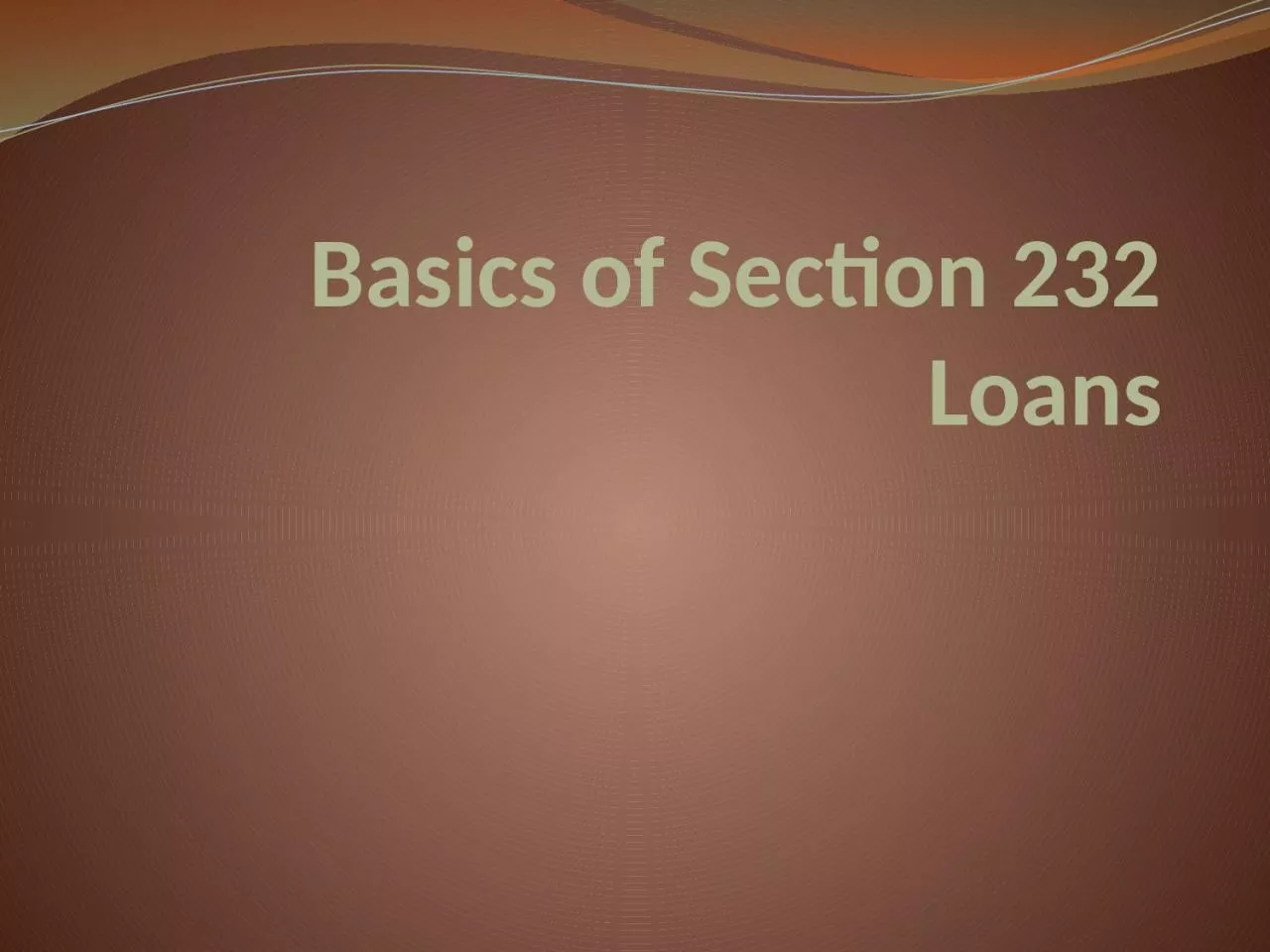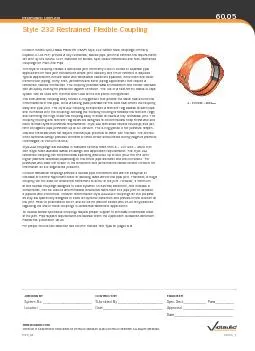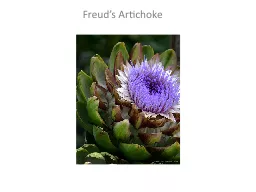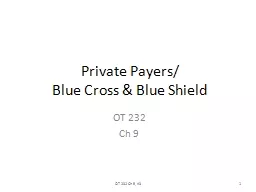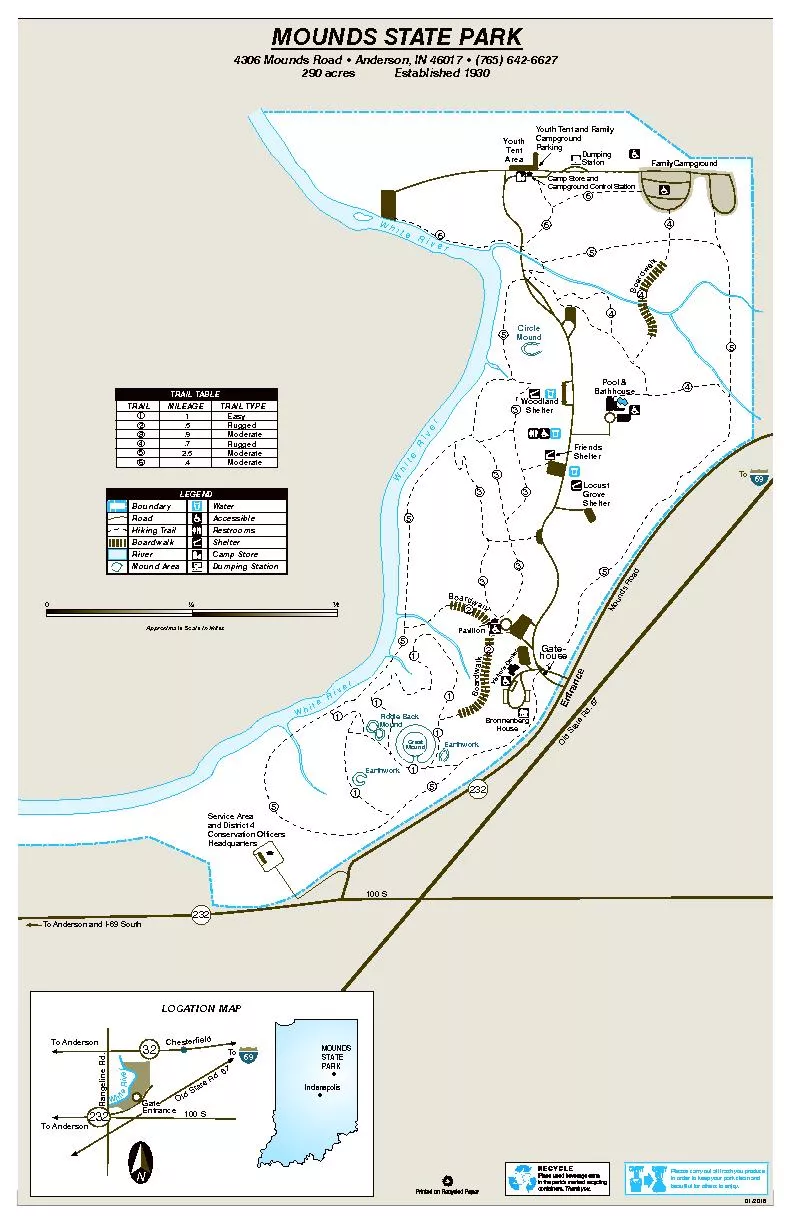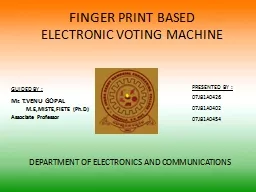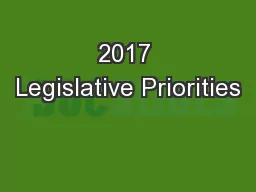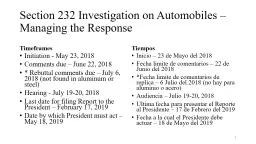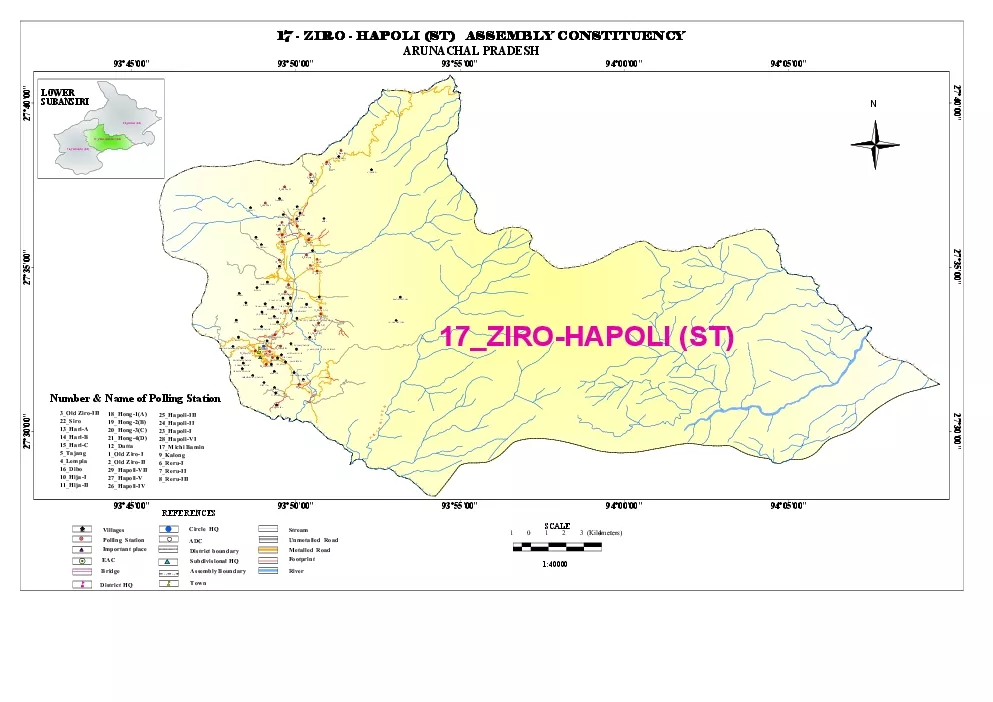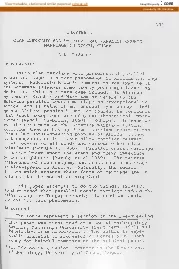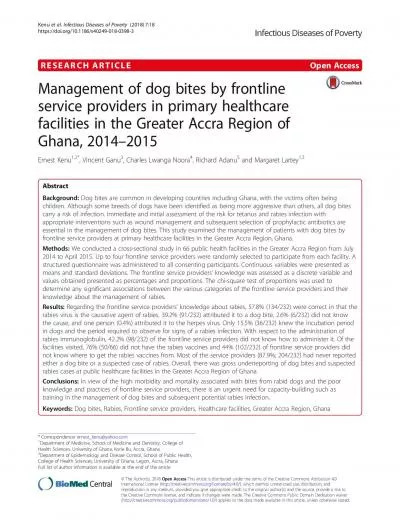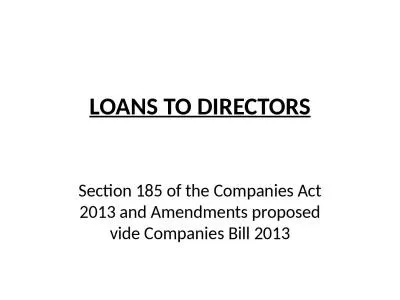PPT-Basics of Section 232 Loans
Author : fauna | Published Date : 2024-02-09
General Guidelines Apply to all Types of 232 Single Asset MortgagorBorrower NonRecourse Property Security Interest Rate between MortgageeMortgagor Loans Must Fully
Presentation Embed Code
Download Presentation
Download Presentation The PPT/PDF document "Basics of Section 232 Loans" is the property of its rightful owner. Permission is granted to download and print the materials on this website for personal, non-commercial use only, and to display it on your personal computer provided you do not modify the materials and that you retain all copyright notices contained in the materials. By downloading content from our website, you accept the terms of this agreement.
Basics of Section 232 Loans: Transcript
Download Rules Of Document
"Basics of Section 232 Loans"The content belongs to its owner. You may download and print it for personal use, without modification, and keep all copyright notices. By downloading, you agree to these terms.
Related Documents

